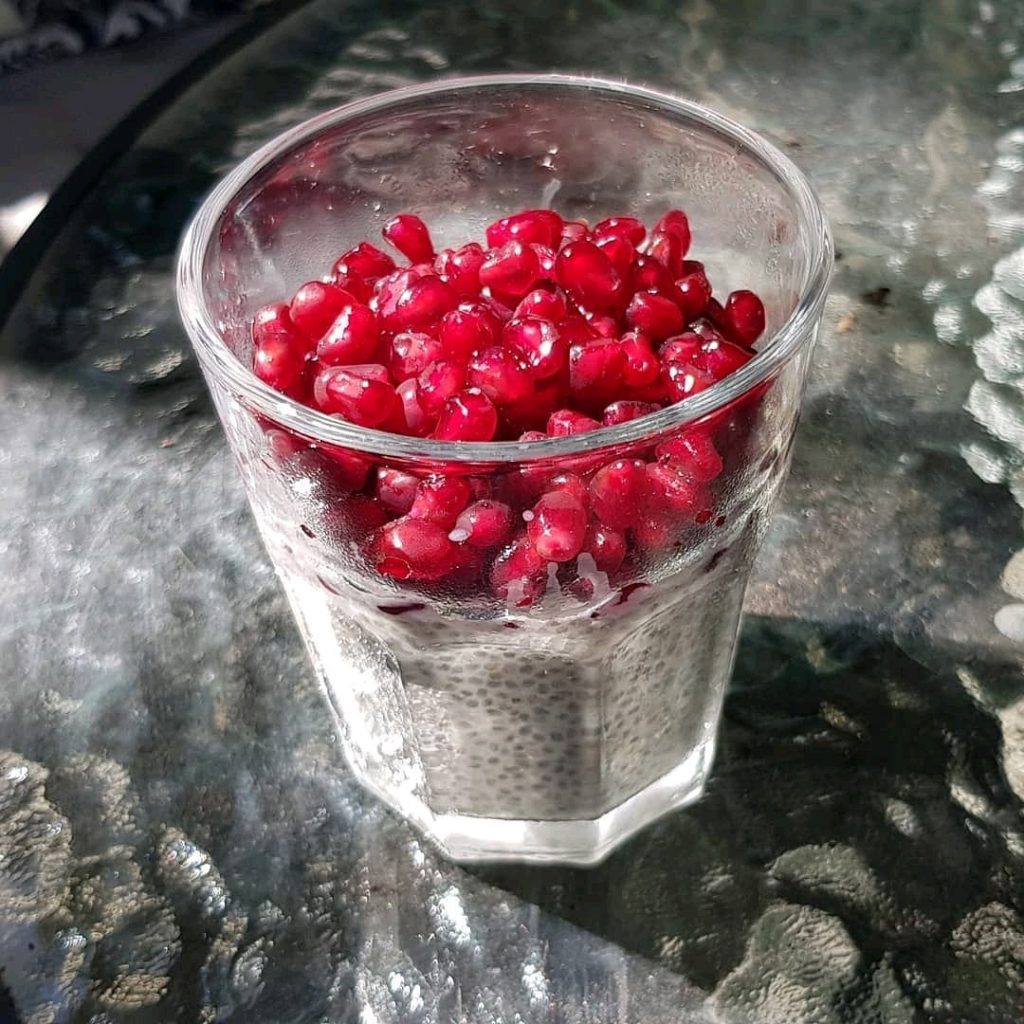I remember early in my health journey, when I was looking for a way to help my IBS. First, I went gluten free. Then, I gave up refined sugar. Then I went paleo and I started getting into fermenting my own foods.
I was eating kimchi and sauerkraut with every meal. I was eating loads of coconut yogurt and kombucha. I brewed my own kombucha and I had Scoby’s coming out of my ears (a scoby is the mother that is used to ferment the tea into kombucha). I thought it was amazing! There were so many benefits for gut health, because there were all these natural probiotics inside these fermented foods.
I was eating these foods with wild abandon. I thought I should be getting healthier. And for a while, I was, I definitely was, my IBS improved. But then, after a while, I noticed other things. I was getting a rash around my eyes. I was getting hot, stinging liquid coming from my eyes. I would get a rash on my neck, and I was fatigued, so so fatigued. I just didn’t know what was going on.
Knowing now what I know now, I realize I was eating a lot of really high histamine foods, combined with a stressful lifestyle and toxin exposure. High histamine foods are not the cause, but they are a contributor to many of these types of allergy symptoms. The root cause I’ll talk about in another article about the nervous system, it’s connection with the immune system, and how this is the cause of the majority of histamine intolerance and mast cell activation syndrome (MCAS).
But if we lower the histamines in our food, we can improve our symptoms dramatically. And then we can use that symptom-free life to focus on self-care and our nervous system, and nurture our immune system and gut.

So, you may have already understood from this that fermented foods are high in histamine. And in fact, they are the highest form of histamine foods. There are a lot of foods that have histamine in them naturally, but above all of those are foods that are fermented. The bacteria that are involved in the process of fermentation, create histamine as a by-product. So, when you are making kombucha, sauerkraut, yogurt, preserving meats and cheeses, or making alcohol and vinegars, you make a whopping amount of histamine. These foods are the number one foods to start reducing in your diet.
If you have a mild case of histamine intolerance, generally you can just target these very high histamine foods, and you may still be able to eat a lot of the other foods on the histamine list. If you are more sensitive, then you may need to cut back even more. A lot of it depends on what we call the histamine bucket, which is caused by the amount of time that it takes to degrade histamine within the biochemistry of the body, usually around three days. So, sauerkraut three days in a row may not be good for you personally, but once a week, you might be fine. These are all individual levels of tolerance that you need to work out. It takes a bit trial and error, and a good practitioner can assist you with that.
As a general rule, if you’re not sure if you have histamine intolerance but you think you might, if you have migraines, bad PMS, allergies, rashes, hives, fatigue, digestive issues, aches and pains you just don’t know why, and many other symptoms, it is worth trying reducing fermented foods and seeing how that works for you.
Find out which foods are low and high in histamine and how to shop store and cook them in the Happy Without Histamine low histamine foods list.
Get delicious low histamine recipes in the Ultra-Low Histamine Meal Plan. Your low histamine elimination diet made easy with 4-weekly meal plans, over 55 recipes, prep guides and shopping lists for each week.









 Why and how, to follow a low histamine diet
Why and how, to follow a low histamine diet